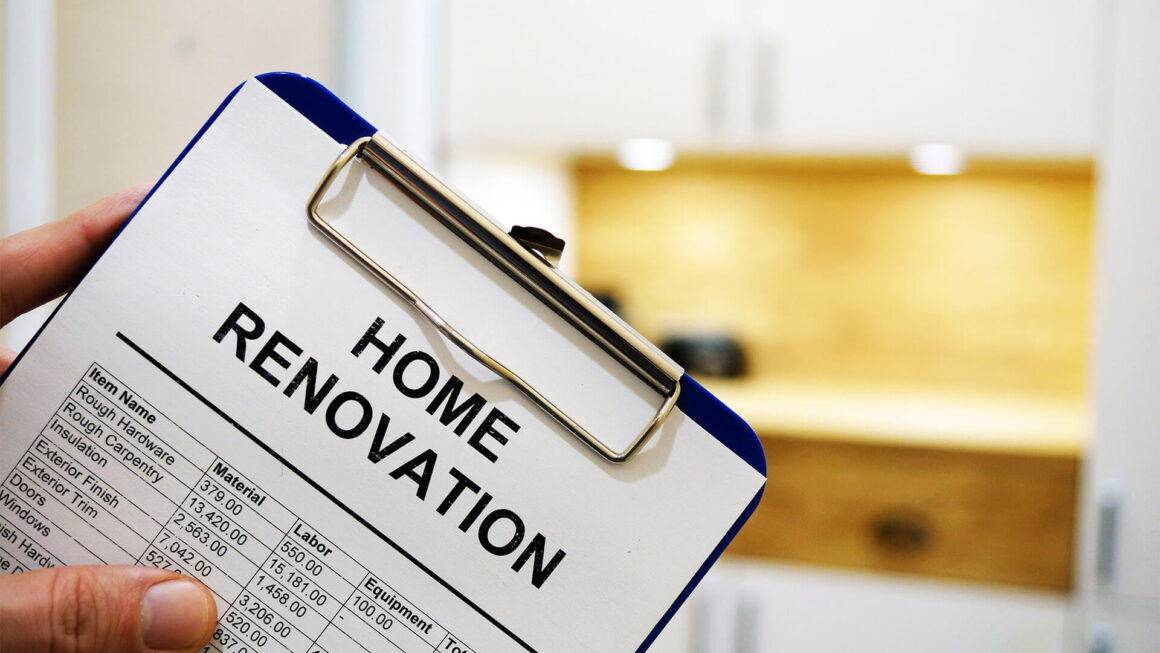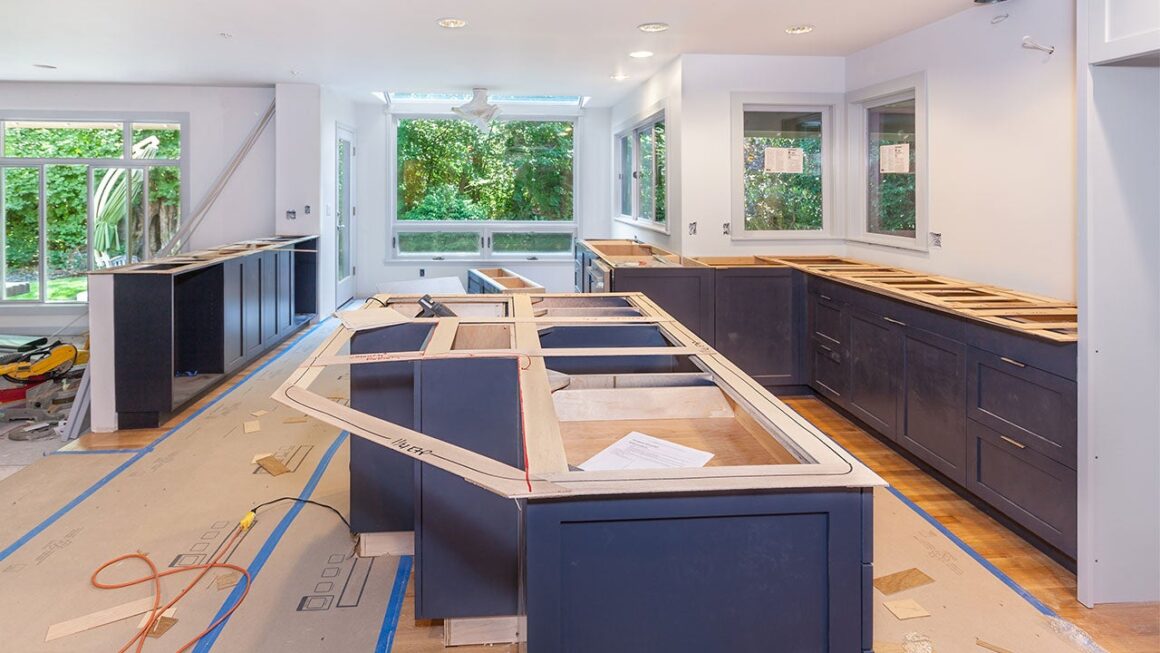Home remodeling can be an exciting and fulfilling experience, but it can also be quite expensive. Whether you’re looking to update your kitchen, expand your living space, or add a new room, it’s important to have a budget in place to help you manage costs and achieve your remodeling goals. In this blog post, we’ll discuss the importance of budgeting for a home remodel, how to assess your financial situation, how to define your goals, how to estimate the costs of the project, and how to create and manage a budget plan.

Importance of Budgeting for a Home Remodel
Budgeting for home remodeling is crucial because it helps you stay on track financially and ensures that you don’t overspend. Without a budget, it’s easy to get carried away with your project and spend more than you can afford. This can lead to debt and financial stress. Additionally, having a budget in place allows you to make informed decisions about what to include in your remodel and what to leave out. A well-planned budget can also help you avoid overspending and ensure that you have enough money to complete your project.
Assessing Your Financial Situation
Before you begin your home remodel, it’s important to assess your financial situation. This includes taking a close look at your income, expenses, and debt. You should also consider your long-term financial goals and how to remodel fits into them. If you’re planning to take out a loan for your remodel, make sure you understand the terms and how they will impact your budget. Understanding your financial situation will help you determine how much money you can allocate to your remodel and how much you can realistically afford to spend.
Defining Your Goals
Once you have a clear picture of your financial situation, it’s time to define your remodeling goals. What do you hope to achieve with remodel? Do you want to increase your home’s value, create more living space, or simply update your home’s style? Make a list of your goals and prioritize them based on importance. This will help you determine where to allocate your budget and which aspects of your remodel are most important.

Estimating the Costs of the Project
Before you refurbish a property in London, it’s important to consider all expenses related to the project, including permits, inspections, and disposal fees. In addition to getting quotes from contractors and suppliers, you can also use online resources and remodeling calculators to help you estimate costs. It’s important to be realistic when estimating costs and to account for unexpected expenses, such as repair work or additional materials. By taking the time to accurately do it, you can create a realistic budget plan and avoid going over budget during your home remodel.
Creating a Budget Plan
With your goals and costs in mind, it’s time to create a budget plan. This should include all the expenses associated with your remodel, including materials, labor, permits, and any other costs. Make sure to allocate funds for unexpected expenses and set aside a contingency fund in case anything goes wrong. Your budget plan should be realistic and flexible enough to accommodate changes that may arise during the remodel. Creating a budget plan will help you stay organized and ensure that you have enough money to complete your project.
Identifying Potential Cost-Saving Measures
While it’s important to have a realistic budget in place, there are also ways to save money on your home remodel. This includes sourcing materials from discount suppliers, doing some of the work yourself, and prioritizing your goals to focus on the most important aspects of your remodel. For example, if your main goal is to update your kitchen, you may decide to focus on replacing your appliances and countertops rather than doing a complete remodel. This can help you save money while still achieving your goals.
Sticking to the Budget Plan
Once you have created a budget plan and identified cost-saving measures, it’s important to stick to your budget. This means avoiding impulse purchases, staying on top of expenses, and keeping track of your spending. If you do go over budget, make sure to adjust your plan accordingly and find ways to cut back on costs. Sticking to your budget plan can help you avoid overspending and ensure that you have enough money to complete your project.
Managing Unexpected Expenses
 No matter how well you plan, unexpected expenses can arise during a home remodel. It’s important to have a contingency fund in place to cover these expenses. If you don’t have a contingency fund, consider cutting back on other expenses or finding ways to save money in other areas of your budget. For example, if you unexpectedly need to replace your plumbing, you may decide to cut back on other expenses like décor or furniture. Managing unexpected expenses can help you avoid going over budget and ensure that your remodel stays on track.
No matter how well you plan, unexpected expenses can arise during a home remodel. It’s important to have a contingency fund in place to cover these expenses. If you don’t have a contingency fund, consider cutting back on other expenses or finding ways to save money in other areas of your budget. For example, if you unexpectedly need to replace your plumbing, you may decide to cut back on other expenses like décor or furniture. Managing unexpected expenses can help you avoid going over budget and ensure that your remodel stays on track.
Tracking and Adjusting the Budget as Needed
Throughout the remodel, it’s important to track your expenses and adjust your budget as needed. This means keeping a close eye on your spending and making changes to your budget plan as necessary. If you find that certain expenses are higher than anticipated, consider cutting back on other areas of your budget. If unexpected expenses arise, make sure to adjust your budget accordingly. Tracking and adjusting your budget can help you stay on track financially and ensure that you have enough money to complete your project.
Conclusion
A home remodel can be a great way to add value and style to your property. But it’s important to plan, set realistic goals and manage costs. By following our tips for budgeting for a home remodel, you can ensure that the process is smooth and successful. From setting aside an adequate renovation fund to researching contractors in your area, these steps will help guarantee that your project stays on track – both financially and time-wise.


